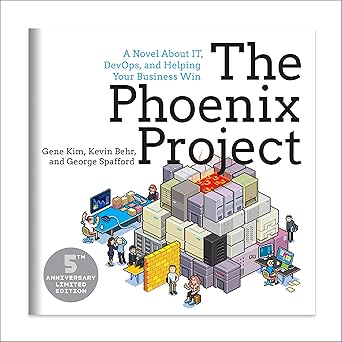How Google Tests Software is a groundbreaking book written by James A. Whittaker, Jason Arbon, and Jeff Carollo, all of whom have extensive experience in software testing at Google. Published in 2012, the book provides an insider’s perspective on how one of the world’s most innovative companies approaches software quality assurance. It covers Google’s unique testing culture, tools, and processes, making it a valuable resource for software testers, developers, and QA professionals.
Key Features of the Book
- Insider Perspective on Google’s Testing Culture:
The book dives deep into Google’s testing philosophy, emphasizing the importance of automation, continuous integration, and developer involvement in testing. - Practical Testing Techniques:
It provides actionable insights into test automation, risk analysis, and exploratory testing, with real-world examples from Google’s projects. - Roles and Responsibilities:
The authors outline the roles of Software Engineers in Test (SETs) and Test Engineers (TEs), explaining how these roles contribute to Google’s success. - Tools and Frameworks:
The book introduces tools like Google Test, GUnit, and other proprietary frameworks, offering a glimpse into the infrastructure that supports Google’s testing efforts. - Case Studies and Anecdotes:
Real-life examples and stories from Google’s testing history make the content relatable and engaging.
Strengths of the Book
- Unique Insights: Few books offer such a detailed look into the testing practices of a tech giant like Google.
- Practical Focus: The emphasis on real-world applications makes it highly useful for professionals.
- Clear and Concise Writing: The authors explain complex concepts in an easy-to-understand manner.
- Relevance to Modern Development: The book’s focus on automation and agile practices aligns with current industry trends.
Weaknesses of the Book
- Dated Information: Published in 2012, some tools and practices may feel outdated compared to today’s rapidly evolving tech landscape.
- Limited Depth on Certain Topics: While it covers a broad range of topics, some readers may find the treatment of specific areas (e.g., performance testing) too superficial.
- Google-Centric Approach: The book’s focus on Google’s unique environment may not always translate directly to smaller organizations or different industries.
Who Is This Book For?
- QA Professionals: Learn advanced testing techniques and best practices from Google’s experts.
- Software Developers: Gain insights into writing testable code and collaborating with QA teams.
- Engineering Managers: Understand how to build and manage effective testing teams.
- Students and Aspiring Testers: Get a solid foundation in modern software testing principles.
Comparison with Other Resources
- Compared to The Art of Software Testing by Glenford Myers:
While Myers’ book is a classic, How Google Tests Software offers a more modern, practical, and company-specific perspective. - Compared to Agile Testing by Lisa Crispin and Janet Gregory:
Crispin and Gregory’s book focuses on agile methodologies, whereas Whittaker’s book provides a deeper dive into automation and Google’s proprietary practices. - Compared to Online Resources (e.g., blogs, courses):
The book stands out for its structured approach and insider knowledge, which is hard to find in fragmented online content.

Don’t miss out on this invaluable resource—click the link below to purchase your copy on Amazon today and start transforming the way you test software!
Conclusion
How Google Tests Software is an invaluable resource for anyone interested in software testing. While it may not cover every aspect of modern testing, its unique insights into Google’s methodologies make it a must-read.

Transform your IT and business with The Phoenix Project – the gripping story that redefines how we think about DevOps and innovation!
View on Amazon
Whether you’re a seasoned professional or a beginner, this book offers practical advice and inspiration to improve your testing practices.
References and Further Reading
- The Art of Software Testing by Glenford J. Myers
- Agile Testing: A Practical Guide for Testers and Agile Teams by Lisa Crispin and Janet Gregory
- Google Testing Blog: https://testing.googleblog.com/
- “Software Testing Fundamentals” by Guru99: https://www.guru99.com/software-testing.html
- “Continuous Integration and Continuous Deployment” by Martin Fowler: https://martinfowler.com/articles/continuousIntegration.html





